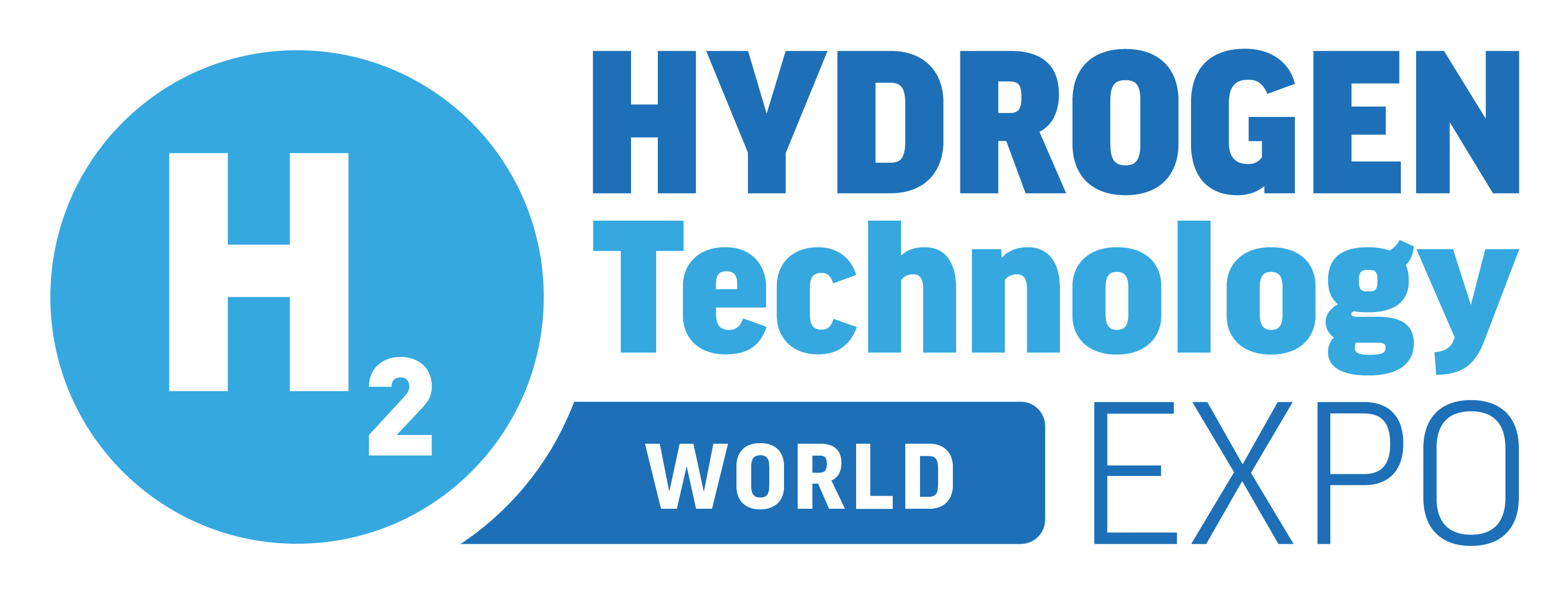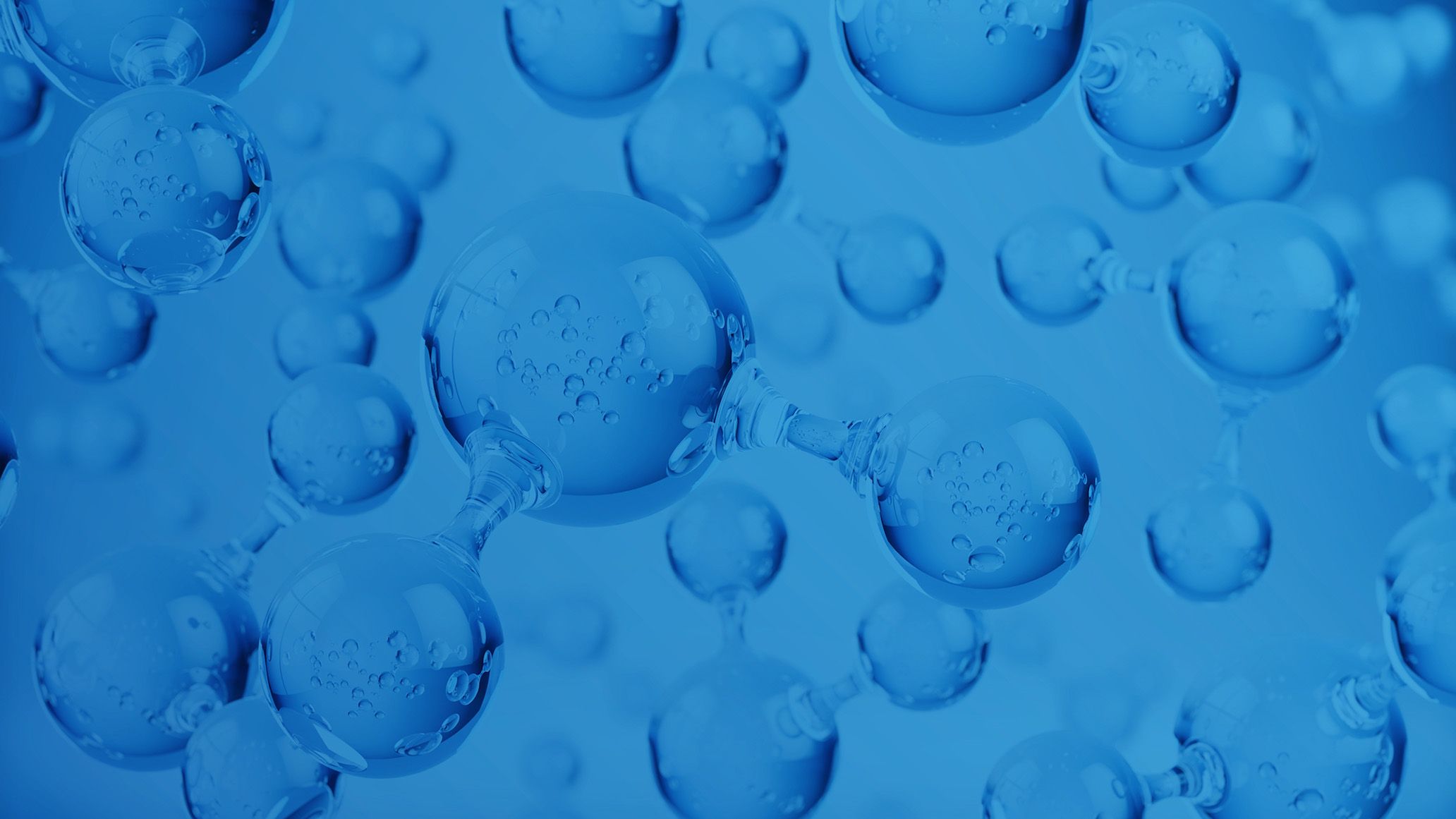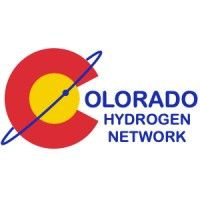High-Throughput Testing of Ru-based Catalysts for Ammonia Cracking
A series of new Ruthenium-based ammonia cracking catalysts was developed and performance-tested with the help of high-throughput experimentation. Next to high activity, we were aiming for high stability of the catalysts. A series of catalysts was prepared in our lab using different precursors, preparation methods and carrier materials. The obtained catalysts were tested using high-throughput screening at our partner hte company. The catalyst optimization process included transferring catalyst recipes from powder to shaped supports, fine-tuning dopant amounts and preparation procedures, as well as performing long-term stability tests.





)
)
)
)
)
)
)
)
)
)
)
)
)
)
)
)
)
)
)
)
)
)
)
)
)
)
)
)
)
)
)
)
)
)
)
)
)
)
)
)
)
)
)
)
)

)
)
)
)
)
)
)
)
)
)
)
)


)
)
)
)
)
)
)
)
)
)
)
)

)

)
)
)

)
)
)
)
)
)
)
)
)

)
)
)
)

)
)
)
)
)
)
)
)
)
)


)

